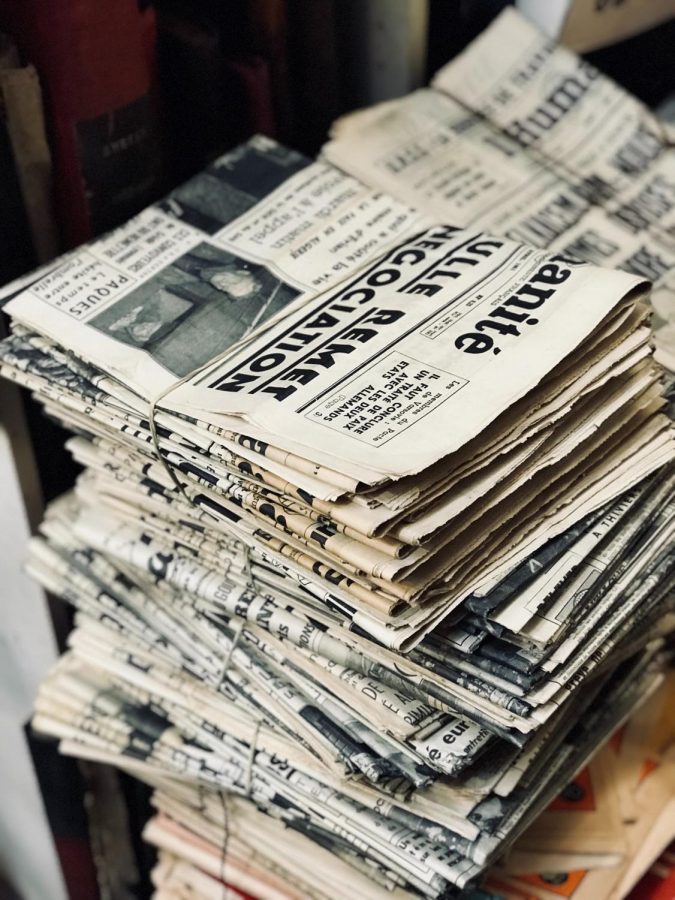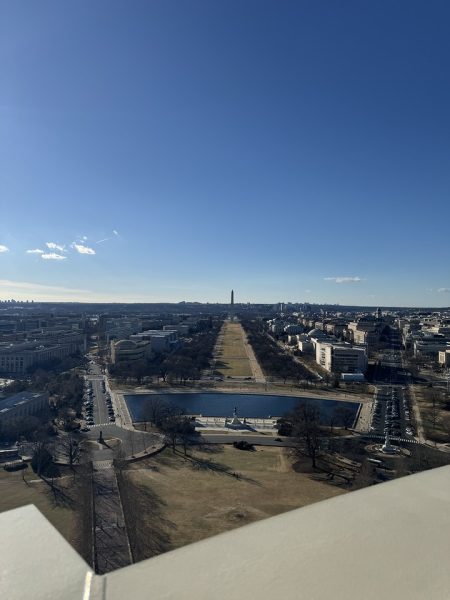From oysters to newspapers, these Black historical figures played important roles in Rhode Island history
Courtesy of Mr. Cup/Fabian Barral on Unsplash
John Carter Minkins became the first Black editor at a white newspaper and wrote for several newspapers in Rhode Island.
As Black History Month comes to a close, it is important to move into March with a better understanding of Black history and its role in American history. Students are taught about the impacts of revolutionaries such as Rosa Parks, Martin Luther King Jr. and Harriet Tubman. As important as these individuals are, they are not the only historical figures who have made a great impact. The following list includes just a few of the historical players in Rhode Island history.
Emmanuel Manna Bernoon – Bernoon was a former slave who was emancipated in 1736 by Gabriel Bernon. At this time, freed slaves started their new lives using the surname of their former owners. Emmanuel strayed from this norm by adding an extra “o” to the surname, thereby creating his own name. After being emancipated, Bernoon opened the first oyster and ale house in Providence with his wife, Mary. Not only was this the first oyster and ale house, but it was also the first restaurant in Providence.
Mary Dickerson – Dickerson originally lived in New Haven, Connecticut, but moved to Newport in 1865. In 1872, Dickerson opened a dressmaking store on Bellevue Avenue, the first store on the avenue owned by a Black woman. She had clientele from some of the most prominent families in Newport, especially during the summer. In 1895, Dickerson founded the Women’s Newport League. In 1896, she and Josephine St. Pierre Ruffin established the Northeastern Federation of Women’s Clubs. She founded the Rhode Island Union of Colored Women’s Clubs in 1903.
John Carter Minkins – Born in Virginia in 1869, Minkins wrote for his school’s newspaper and created a column titled “Among our Colored People.” He eventually attended Brown University where he continued to write in support of Black causes. In the 1890s, Minkins moved to Providence and wrote for different newspapers, keeping important issues in the headlines. Minkins would also go on to own and edit for the Rhode Island Examiner. Then, in 1906, he became editor-in-chief for the Providence News Democrat. Minkins was the first Black editor of a newspaper that catered to the white community. Throughout his career, Minkins was a fierce advocate for equal rights.
Emily Dvareckas graduated from RWU in 2022 with a degree in forensic science. She spent three years with The Hawks’ Herald as the photo editor...






